Jeddah, 12 Rabiul Awwal 1436/3 January 2015 (MINA) – There has been an increase in the proportion of bilateral intra-tourism among the OIC Member States from 33.2 percent in 2000 to 35.9 percent in 2011, compared to international tourist arrivals worldwide, according to a recent report prepared by the Organization of Islamic Cooperation (OIC).
The report pointed out that the OIC countries are well-endowed with potentials and resources, but have yet to be exploited fully, International Islamic News Agency (IINA) quoted by Mi’raj Islamic News Agency (MINA) as reporting on Saturday.
The report also stated that foreign tourist arrivals into the OIC countries posted a significant annual growth rate of 5.5 percent during the period from 2007 to 2010, according to recent statistics, which covered 40 countries out of the 57 OIC member states.
The OIC inter-tourism rebounded strongly, thanks to the rise in the number of international tourists in 2010, which stood at 7.8 percent. All tourist destinations in most member states (in Asia, the Middle East and Africa) recorded high growth rates, ranging from 8.7 to 13.4 percent during 2010.
Also Read: Saudi Arabia Wins Bid to Host World Expo 2030
The international tourism receipts of the entire Islamic countries amounted to $ 143 billion in 2011, representing an increase of 7.3 percent in comparison to 2010’s receipts.
A report, prepared by the Statistical, Economic and Social Research and Training Centre for Islamic Countries (SESRIC), pointed out that the tourism industry was affected by two major events occurred in the Muslim countries; firstly, the 2009 global economic crisis, which severely impacted on the flow of international tourist arrivals worldwide.
Secondly, the “social movements,” which took place in the OIC countries during 2011, including Middle East countries, adversely affected the tourism sector, and pushed the international tourism flows to negative growth rates of 5.7 percent in the Middle East and 1.8 percent in Africa.
The report indicated that the number of foreign inbound tourists to the Muslim countries totaled 151.6 million in 2011, recording a decline of 2 percent compared with 2010.
In 2012, the number of air passengers registered in the OIC countries was estimated at 376 million people, representing 13 percent globally, according to the tourism sector assessment report of the Muslim world for five years, together with the report entitled, “International Tourism in the OIC Countries: Prospects and Challenges “.
Also Read: 148 Products from Indonesia Promoted at Sarawat Superstore Jeddah
The OIC countries’ share of the global tourism market declined slightly to 15.2 percent in 2011, compared with 16.3 percent in 2010 (the report attributed this decline to the lack of data and information on the number of tourists in 17 member countries in 2011, compared with 14 member countries in 2010).
Over the last 60 years, international tourist arrivals increased from 25.3 million in 1950 to 1,035 million in 2012, which means an annual growth of 6.2 percent. Also, the world tourism revenues increased during the same period from $ 2.1 billion to $ 1.076 million (based on the current U.S. dollar exchange rate), equal to an average annual growth rate of 10.5 percent.
In its 10-year draft plan (2015-2025), the OIC pointed out that investment opportunities abound in its Member States, calling for the establishment of alliance among the stakeholders in the field of tourism, promotion of the public-private sector partnership, and development of intra-regional tourism projects in order to attract investment, in addition to raising awareness of the importance of tourism in the Muslim world.
In its vision for next decade, the OIC intends to implement a framework for development and cooperation in the field of tourism among its member states, intensify the tourism-related activities between the winning awards for the OIC City of Tourism, implement the regional project to develop sustainable tourism in a web of cross-border protected areas and landscapes in West Africa, beside establishing cross-border projects in different areas.
Also Read: Packaging Industry Supports Halal Ecosystem
To enhance intra-tourism flows among the OIC countries, the draft plan stresses the importance of setting a common system to simplify the procedures related to issuing visas, customs and foreign currency exchange.
It also highlighted the importance of organizing forums and annual sessions to develop tourism-related skills, as well as creating an interactive network for travel agents and tour operators, conducting research in the fields of marketing, tourism training and customer service skills, and establishing new facilities, which will meet the quality standards and appropriate services, using the best technology. (T/P011/P3)
Mi’raj Islamic News Agency (MINA)
Also Read: Indonesia-Japan Agree on Energy Transition Cooperation





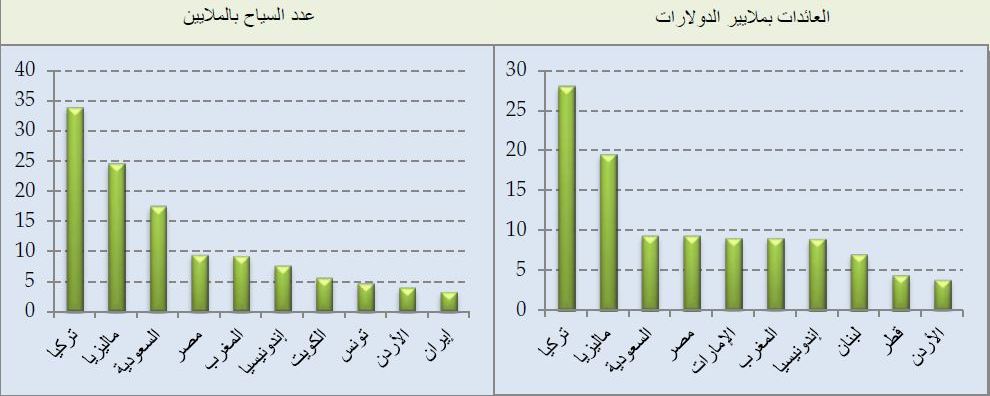






![Israeli tanks and APC’s gather by the Israeli – Lebanese border. Amid Israel’s escalating campaign against Hezbollah in Lebanon on September 30, 2024. [Erik Marmor/Getty Images]](https://en.minanews.net/wp-content/uploads/2024/10/IMG_20241001_203226-300x197.jpg)

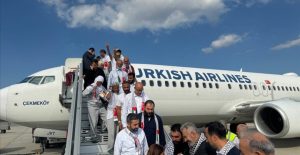




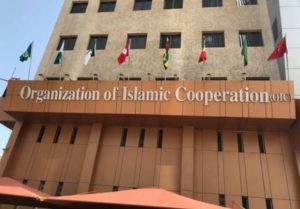







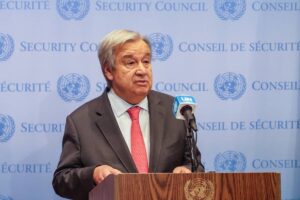
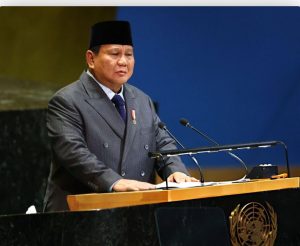








 Mina Indonesia
Mina Indonesia Mina Arabic
Mina Arabic